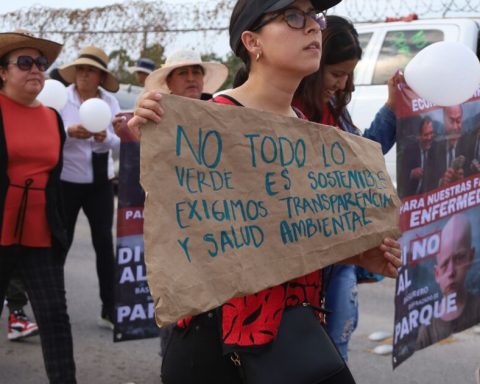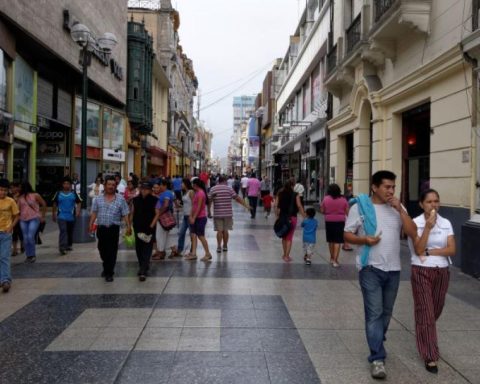International financing for development in Argentina reached US$5,023 million last year, the highest figure in the historical series since 1990, with an increase of 27.5% in relation to 2021 and exceeding the previous maximum of US$4,669 million achieved in 2003, reported this Friday the Ministry of Economy.
In 2022, the disbursements of the International Credit Organizations (OIC) totaled US$ 5,023 million in what constitutes a record figure, according to the records of the Secretary of International Economic and Financial Affairs.
In particular, an acceleration of disbursements was observed starting in August, when Sergio Massa took over as head of the Palacio de Hacienda, since 77%, almost US$4,000 million, were made between that month and December.
Regarding the origin of the disbursements, 49% were from the Inter-American Development Bank (IDB); 20% from the International Bank for Reconstruction and Development (BIRF); 14% from the Andean Development Corporation (CAF); same proportion for bilateral sources; 2% from Fonplata, 1% from the Central American Bank for Economic Integration (CABEI); and 0.14% from the International Fund for Agricultural Development (IFAD).
The positive net flow of financing in 2022 was US$ 1,913 million, the highest in the last 26 years.

In addition, last year new operations were approved for US$ 5,149 million, of which approximately 60% were completed as of August.
In this regard, the IDB represented 48%, followed by the IBRD with 26% and the CAF with 19%.
As soon as he took office, Massa promised to manage the acceleration of disbursements from international organizations, whose credits were on file, but still had to be approved, and others that had already been approved but were delayed for US$ 1,200 million; as well as a new program with CAF for an additional US$750 million.
A month later, Massa, and the then president of the IDB, Mauricio Claver-Carone, announced in Washington that they had managed to unlock credits from that organization for almost US$3,000 million for Argentina until the end of the year, of which US$1,200 Millions were destined to strengthen the reserves of the Central Bank.
In September, the IDB presented a package of Special Financing for Development (SDL) to the Board of Executive Directors for US$700 million, to finance a Support Program for the Improvement of Fiscal Management and Economic Recovery.
This reflects a US$200 million increase, which was made possible by prioritizing Argentina’s loan portfolio.
In addition, it presented a US$500 million PBL (Policy-Based Lending) loan for the Program to Support Public Policies for Sustainable and Resilient Growth in Argentina, which is an increase of US$200 million in budget support.
Together, these loans made it possible to increase IDB support to Argentina from US$800 million to US$1.2 billion in the last quarter of 2022.
At the end of November, the IDB approved another US$500 million for our country to strengthen its capacity to plan and finance climate actions, develop a favorable framework for sustainable finance that ensures the necessary investments for a sustainable and inclusive transition of the private sector, and promote the circular economy and the decarbonization of economic activity.
For its part, also at the beginning of August, CAF confirmed a disbursement of US$740 million for works and infrastructure in Argentina, of which US$340 million were to finance the Basic, Primary and Secondary Network Works Program for the Metropolitan Area of Buenos Aires (AMBA), and another US$ 100 million for the Argentine National Program against Hunger.
Likewise, at the beginning of December the agency announced that it will finance the second section of the Néstor Kirchner Gas Pipeline for US$ 540 million.
In addition, it approved two financing programs for up to US$ 430 million for the improvement of productive rural roads and the energy sector.
The third organization that contributed the most funds, the IBRD, which is the financial arm of the World Bank, at the end of October granted a loan for US$600 million to modernize the structure of the Belgrano-Sur passenger railway, and another US$200 million for the Smart Growth Innovation program.


















